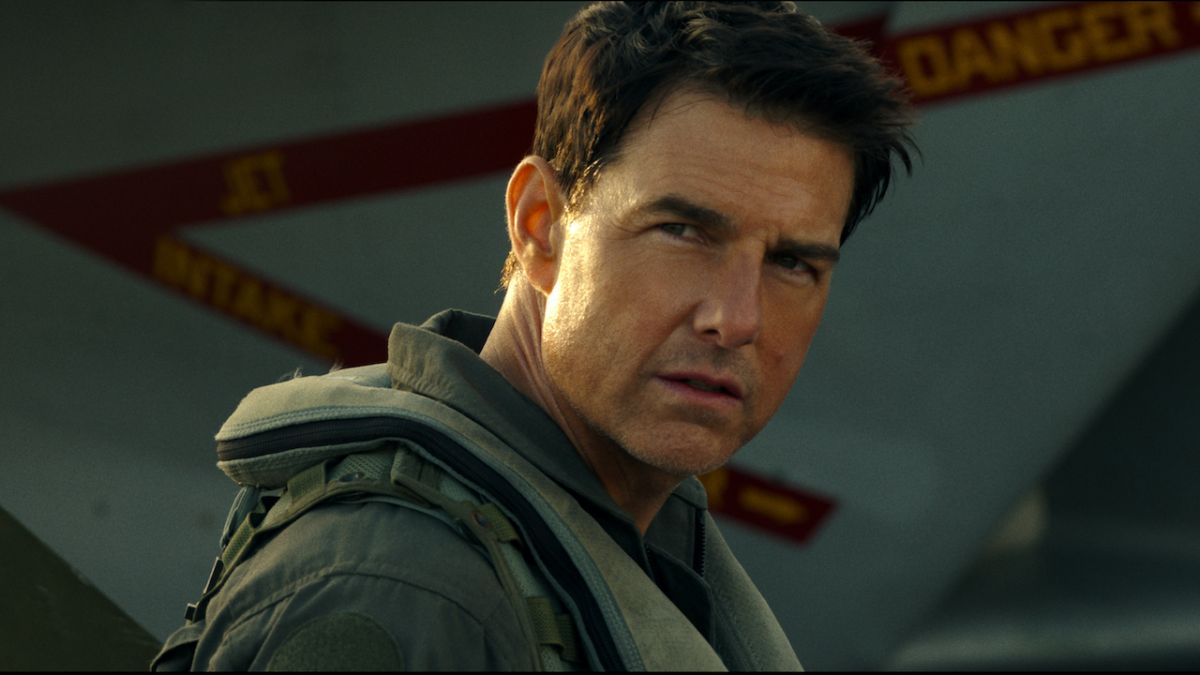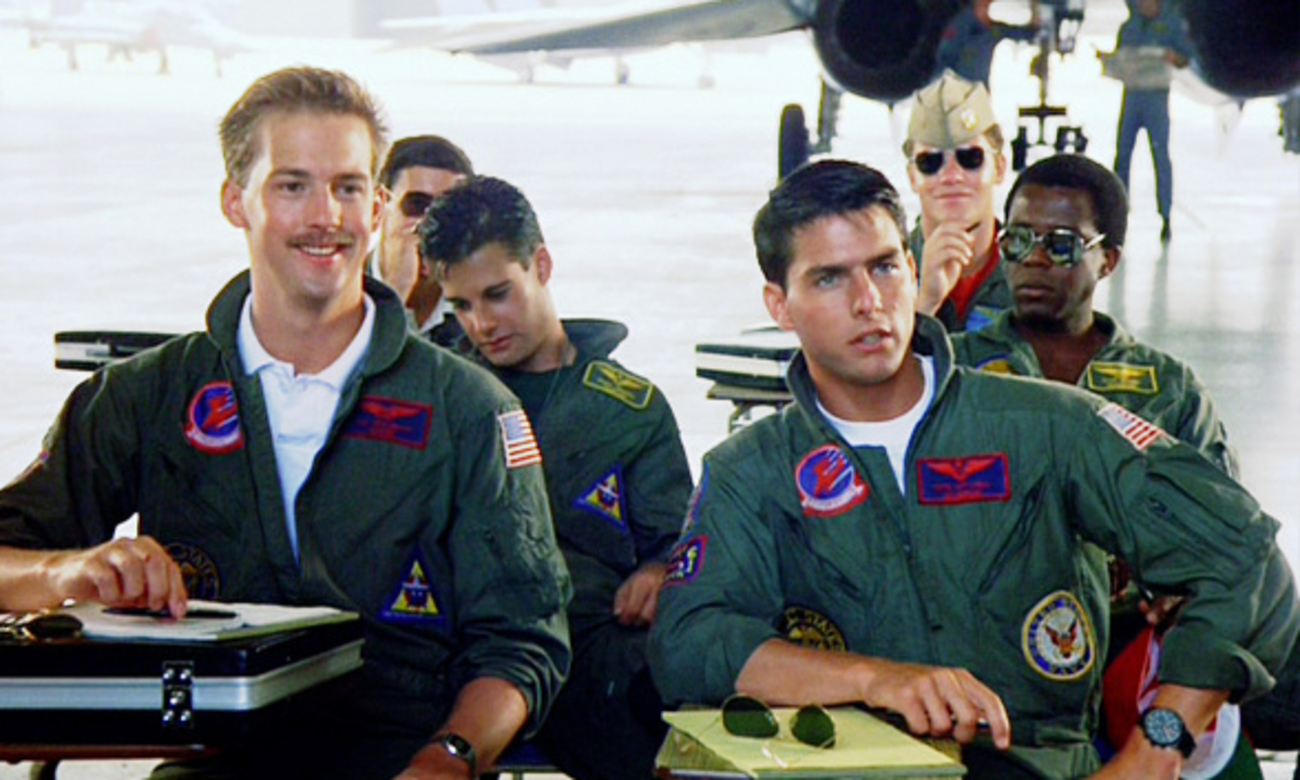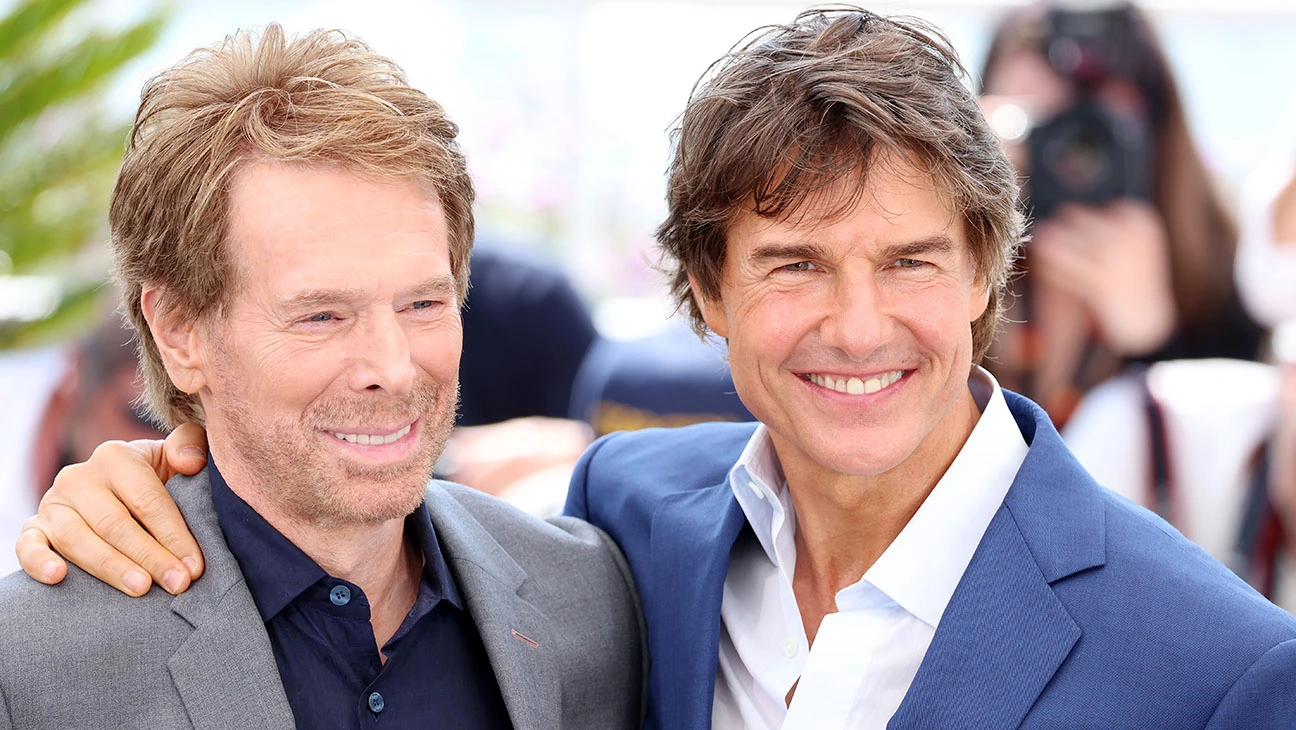Director Joseph Kosinski reveals how Tom Cruise was convinced to return for Top Gun: Maverick. The Hollywood A-lister revisits arguably his most iconic role as Pete “Maverick” Mitchell in the new film several decades after the original film. Considering the glowing reviews for Top Gun: Maverick, it seems it’s worth it.
It’s no secret that there was always an interest to make a Top Gun sequel, but considering how beloved the 1986 Tony Scott film was, Cruise was justifiably careful with it. The actor has been open about wanting to make sure that they can live up to the quality of the original movie so it took them more than three decades to make Top Gun: Maverick. As the director and former collaborator of Cruise in Oblivion, Kosinksi knew what the Hollywood star was looking for that would ultimately make him agree into doing Top Gun: Maverick.

In a new interview with Polygon, Kosinski reveals how he came up with the story for Top Gun: Maverick and how he pitched it to Cruise. According to the filmmaker, the actor needed an emotional reason to revisit the role and so he focused on that with the incorporation of Goose’s (Anthony Edwards) death in the original Top Gun. Kosinski also pointed out how interesting it would be to see what Maverick is doing now. Read his full quote below:
Well, I worked with Tom, and I knew to start with character and emotion. I just pitched this idea of Bradley Bradshaw (Miles Teller) growing up to become a naval aviator, and him and Maverick having this fractured relationship that had never been repaired. With Maverick getting called back to train this group of students to go on a mission that he knows is very, very dangerous.

The conflict [is about] the difference between being an aviator who goes in and risks his own life, and someone who’s in a more senior position that has to send others in to risk their lives. I talked to some Navy admirals who talked about that difference. It’s a different sort of pressure, it’s almost harder to send others in rather than go yourself. And to me, it felt like that leveraged the emotion of the past film and those relationships that we all love, but took it in a new direction. So that’s where I started.
I think that was honestly the element that really grabbed Tom, because it gave him an emotional reason to return to this character. The second thing was, what’s Maverick been doing? You know, where do we find him? And this is kind of my own passion, you know, coming through and pitching the Darkstar sequence [in the beginning], just being someone who has always loved airplanes and aerospace and studied aerospace engineering and mechanical engineering and loved The Right Stuff. So the idea of finding him as a test pilot on the bleeding edge of what’s possible seemed to me like the perfect way to find him, and Tom loved that.

It makes sense that Cruise was apprehensive about doing another Top Gun. While successful sequels aren’t non-existent, they are incredibly rare, so preserving the legacy of the 1986 film was important to him. In any case, there was really no need to do a sequel. Top Gun could have been one of those one-off films that people generally love as it didn’t set up a follow-up and has a definitive ending. Still, the clamor for Top Gun: Maverick was always there.
Paramount and Cruise knew this. There was no doubt that the public would be excited to see Mitchell again more than three decades later. While the stunts and aerial scenes were always expected to be great given Cruise’s penchant for flying, Kosinski’s understanding of Maverick as a character is what ultimately makes the sequel the smash hit that it is right now.
Between Top Gun: Maverick’s box office success and glowing reviews, it’s safe to say that Cruise holding out on making the Top Gun sequel was for the best. In addition to that, taking a risk on revisiting the IP this way was worth it. Hopefully, it doesn’t take another three decades for a Top Gun 3. Unlike the first film, the latest sequel clearly opens up the door for a threequel which is presumably intentional on Kosinski’s part.
